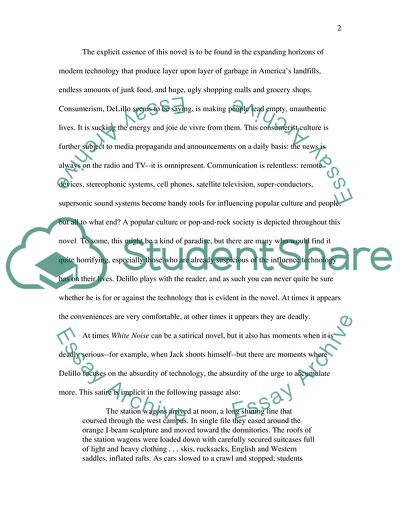Cite this document
(The Main Theme of Delillos Novel Literature review, n.d.)
The Main Theme of Delillos Novel Literature review. Retrieved from https://studentshare.org/technology/1721495-is-technology-shown-to-be-a-threat-or-a-benefit-in-postmodern-human-existence-answer-with-specific-reference-to-delillos-white-noise
The Main Theme of Delillos Novel Literature review. Retrieved from https://studentshare.org/technology/1721495-is-technology-shown-to-be-a-threat-or-a-benefit-in-postmodern-human-existence-answer-with-specific-reference-to-delillos-white-noise
(The Main Theme of Delillos Novel Literature Review)
The Main Theme of Delillos Novel Literature Review. https://studentshare.org/technology/1721495-is-technology-shown-to-be-a-threat-or-a-benefit-in-postmodern-human-existence-answer-with-specific-reference-to-delillos-white-noise.
The Main Theme of Delillos Novel Literature Review. https://studentshare.org/technology/1721495-is-technology-shown-to-be-a-threat-or-a-benefit-in-postmodern-human-existence-answer-with-specific-reference-to-delillos-white-noise.
“The Main Theme of Delillos Novel Literature Review”. https://studentshare.org/technology/1721495-is-technology-shown-to-be-a-threat-or-a-benefit-in-postmodern-human-existence-answer-with-specific-reference-to-delillos-white-noise.


